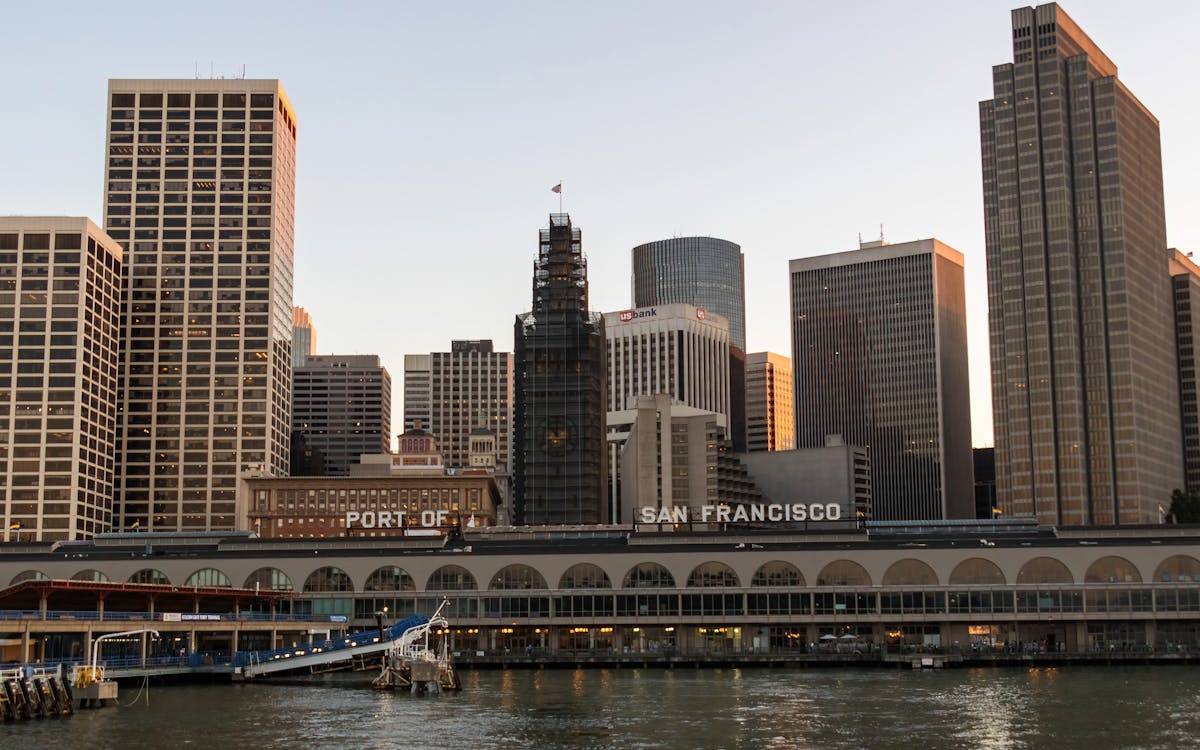
Why Restoration Matters More Than Ever in the Bay Area
Over the last couple of decades, the San Francisco Bay has weathered the effect of metropolitan growth, commercial advancement, and climate change. Once including wildlife and lavish marshes, a lot of the bay's all-natural ecological communities have actually been fragmented or deteriorated. Yet amid these challenges, something remarkable is taking place: neighborhood citizens, volunteers, and grassroots initiatives are leading a wave of ecological reconstruction that's bringing new life back to the Bay.
Restoration isn't just about growing trees or cleaning up garbage, though those efforts are important. It's concerning reconstructing the structures of life, from marsh turfs that support fish nurseries to coastline barriers that defend against flooding. And in this area, the power of neighborhood involvement is transforming the trend extremely realistically.
From Marshland to Miracle: The Return of Native Habitats
One of one of the most visible adjustments occurring in the Bay Area is the re-emergence of indigenous habitats. Wetlands that were as soon as drained pipes or paved over are being rehydrated and replanted. Lawns and shrubs native to the area are being cultivated by neighborhood teams, that typically rely on regional volunteers to assist expand seedlings and handle regulated growing occasions.
These native plants do more than add greenery to the landscape. They use haven to migratory birds, pollinators, and small creatures, creating pockets of biodiversity amidst hectic metropolitan areas. As these environments broaden, so does the eco-friendly wellness of the Bay itself. When local residents take time out of their weekends to get their hands in the soil, they're not just growing-- they're participating in the remediation of a living, breathing environment.
The Role of Education in Fostering Environmental Stewards
Education and learning plays a crucial part in why these community-led initiatives are functioning so well. Schools, area facilities, and nonprofit groups are organizing hands-on learning experiences where individuals of every ages can recognize the scientific research and relevance of repair. These programs commonly bring people face to face with issues like disintegration, air pollution, and water level rise-- topics that can really feel abstract till they're seen up close.
When someone sees the delicate balance of an estuary or discovers exactly how a solitary plant species can filter toxic substances from the water, the value of that knowledge ends up being personal. And keeping that understanding comes the motivation to act. Restoring environments comes to be much less of a duty and even more of a mission. This deep connection to local rooms is what establishes the Bay Area apart and gas the long-lasting success of these efforts.
Using the Digital World to Drive Real-World Change
Surprisingly, the push to recover the Bay's ecosystems isn't taking place alone from the digital world. Technology is becoming an effective device in rallying support, spreading out recognition, and attaching areas. Whether via resident scientific research apps that track indigenous types or neighborhood online forums arranging restoration events, the online area is matching boots-on-the-ground activity.
Over the last few years, also local outreach methods have actually evolved. For example, a social media marketing agency in the Bay Area could sustain ecological campaigns by helping volunteers enhance their impact, inform their tales, and influence others to get involved. These electronic touchpoints have the power to transform a small weekend cleaning right into a regional activity just by letting individuals understand it's occurring-- and that it matters.
Email Campaigns That Inspire and Inform Local Change-Makers
An additional digital strategy making a concrete difference is e-mail communication. Updates regarding remediation occasions, seasonal growing efforts, and contribution drives are commonly shared with carefully crafted e-newsletters that strike a balance in between being helpful and motivating. It's not uncommon for a well-timed project from an email marketing agency in San Francisco to bring a rush of volunteers or donations to a task in need.
These e-mail campaigns aren't just transactional-- they're transformative. By enlightening customers concerning the direct impact their involvement has, they support lasting engagement. Visitors involve seem like stakeholders in the health of their region, and that emotional link converts to lasting dedication.
The Unseen Work of Connecting Data, Communities, and Nature
Behind every effective restoration task exists a complex web of coordination. There's research study to comprehend what habitats need most, neighborhood comments to shape inclusive plans, and follow-up tracking to make sure success. This type of continuous effort commonly needs not simply heart, however data, technique, and communication.
That's where the support of a go here digital marketing company in the Bay Area can make a quiet yet critical distinction. By helping companies develop strong electronic platforms, collect understandings, and improve their messaging, these teams allow community teams to scale their impact. The outcome is a much more linked and effective movement, where every action counts, and everyone feels like they're component of something bigger.
The Power of People in Preserving the Bay's Future
If there's one point the Bay Area has actually shown, it's that restoration does not need to start with large institutions or massive budget plans. It can start with one neighbor drawing weeds from a route, one trainee growing an indigenous sapling, or one household turning up to a shoreline clean-up. These tiny actions accumulate, specifically when they're supported by smart strategies and shown to the broader community.
There's something distinctively enthusiastic about seeing the tides turn-- both figuratively and actually-- for nature. The Bay is far from completely recovered, yet it's being revived each day with the determination and treatment of those that call this area home. With each marsh rebuilt and each indigenous varieties protected, we're not simply restoring communities-- we're envisioning what's possible when neighborhoods lead with function.
Keep following this blog for more stories on neighborhood adjustment, area influence, and the means you can be part of shielding the all-natural elegance that borders us.